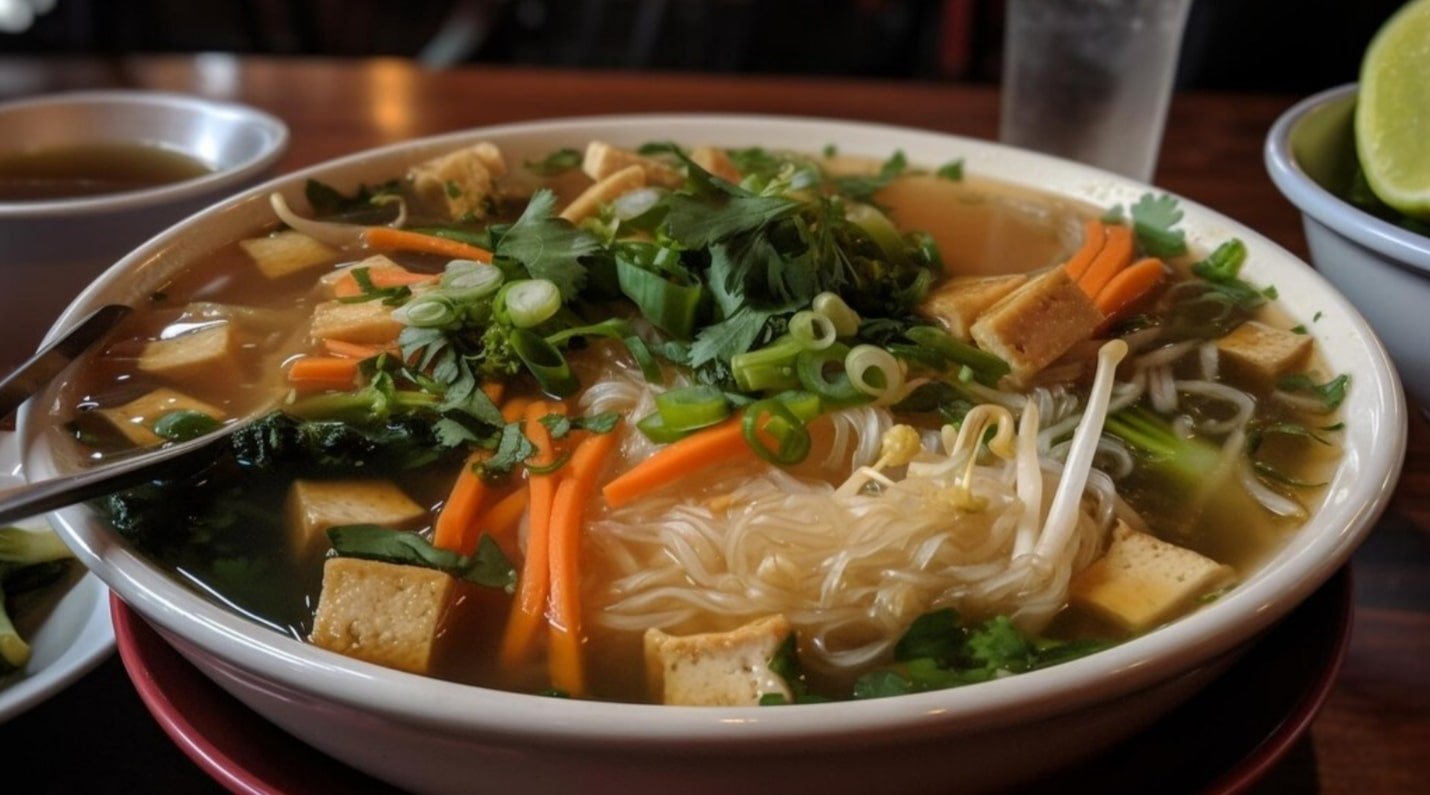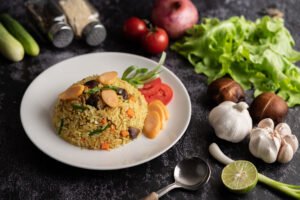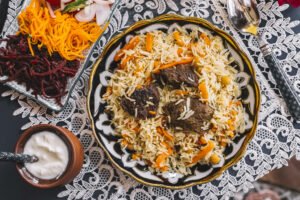Introduction to Sikkim Food
Welcome to my new blog on Sikkim food. Nestled in the lap of the Himalayas, Sikkim is not just a visual feast for the eyes but also a culinary adventure waiting to be savored. The diverse ethnic groups that call this enchanting state home have contributed to a rich tapestry of flavors, making Sikkim’s food a unique and delectable experience.
Table of Contents
Staple Ingredients
At the heart of Sikkimese cuisine lies a harmony of locally sourced ingredients. From the terraced fields come fresh vegetables, while the rolling hills provide succulent meats. Sikkim’s culinary canvas is painted with the vibrant hues of ginger, cardamom, and the famed Sikkim pepper.
Traditional Sikkimese Dishes
1. Thukpa:
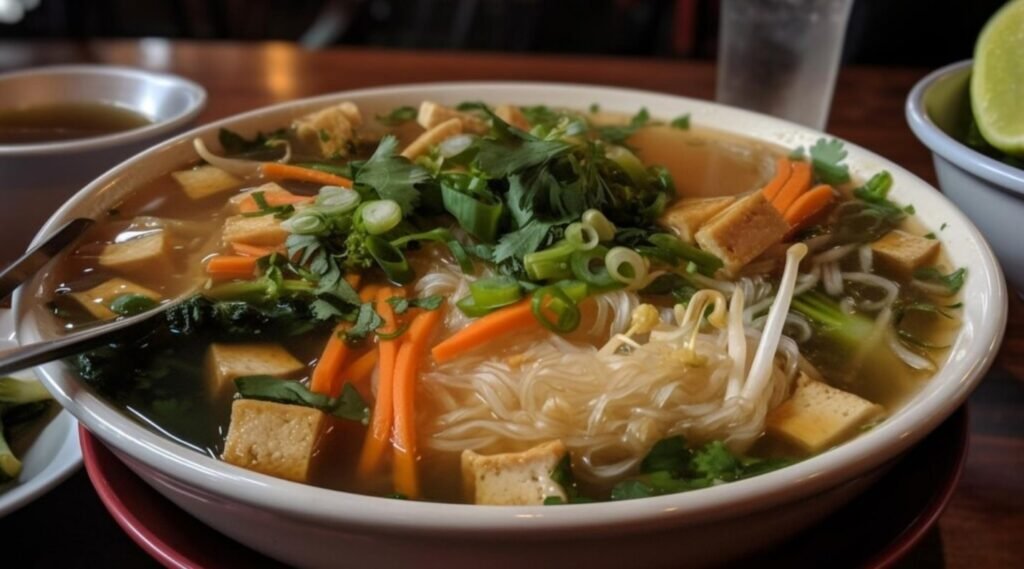
Thukpa, a hearty noodle soup, is a bowl of comfort and tradition. Its origins can be traced back to Tibetan influence, and variations abound across the diverse regions of Sikkim.
2. Gundruk and Sinki Soup:
Fermentation takes center stage in this unique soup featuring gundruk (fermented leafy greens) and sinki (fermented radish taproot). This dish not only tantalizes the taste buds but also offers a nutritional punch.
3. Phagshapa:
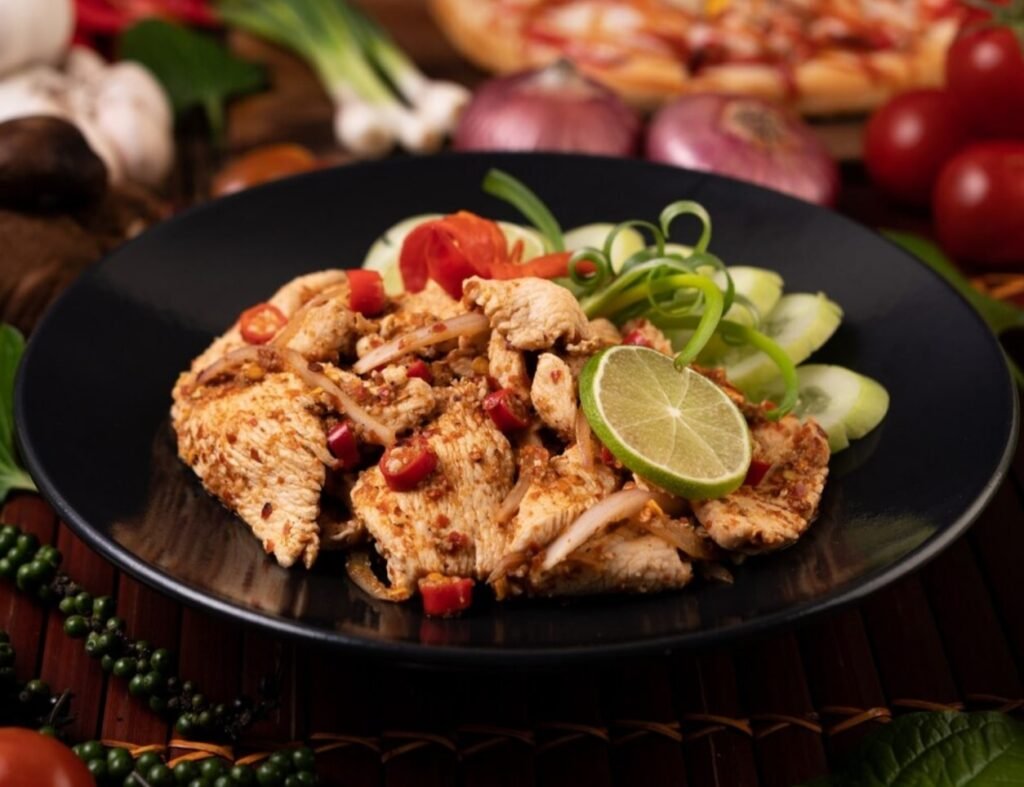
A celebration of pork and radishes, Phagshapa is a dish with historical roots. Slow-cooked to perfection, it reflects the meticulous culinary craftsmanship of Sikkimese cooks.
4. Sel Roti:
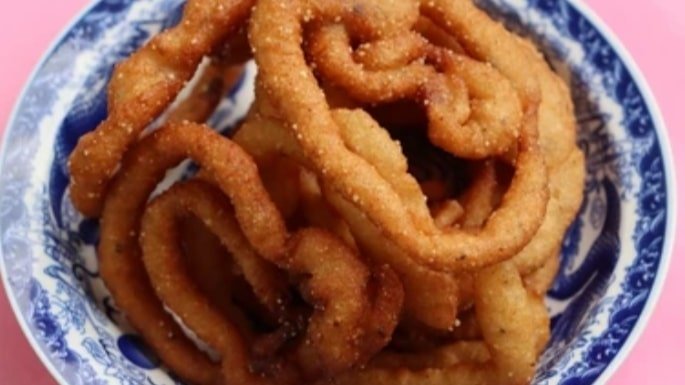
The traditional rice-based doughnut, Sel Roti, is not just a snack but a cultural icon. Often associated with festivals and special occasions, it showcases the artistry in Sikkimese culinary traditions.
5. Kinema:
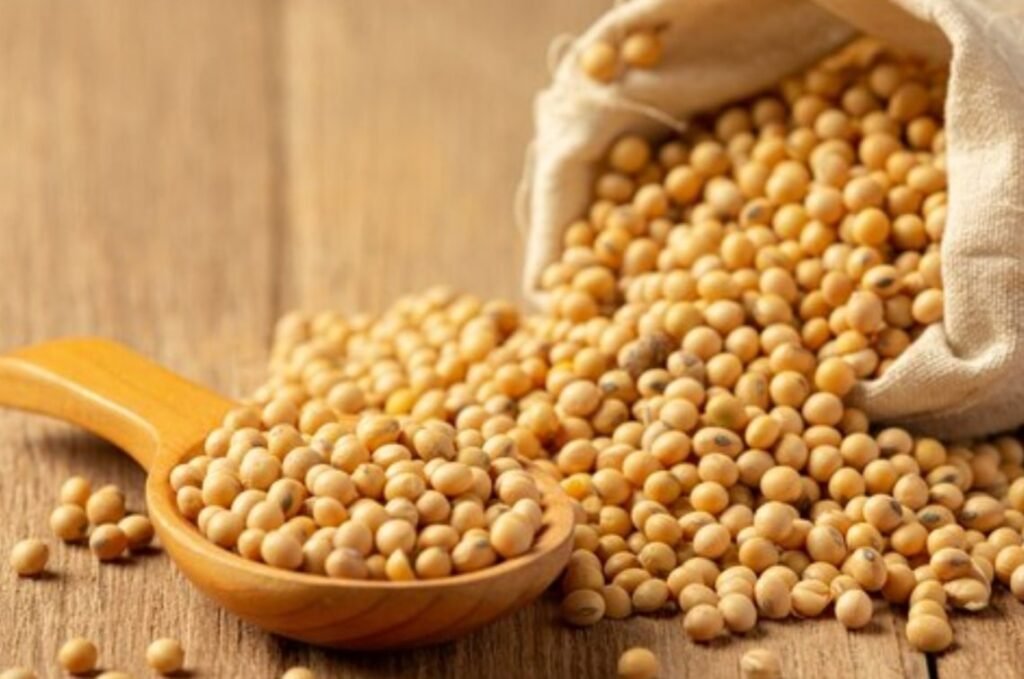
The fermentation process transforms soybeans into Kinema, a dish rich in probiotics. Beyond its health benefits, Kinema holds cultural significance and is enjoyed in various forms across Sikkim.
6. Sha Phaley:

Stuffed bread with seasoned meat, Sha Phaley is a testament to Sikkim’s culinary diversity. Be it a tea-time snack or a festive delicacy, the crispy exterior and flavorful filling make it a local favorite.
7. Ningro Curry:
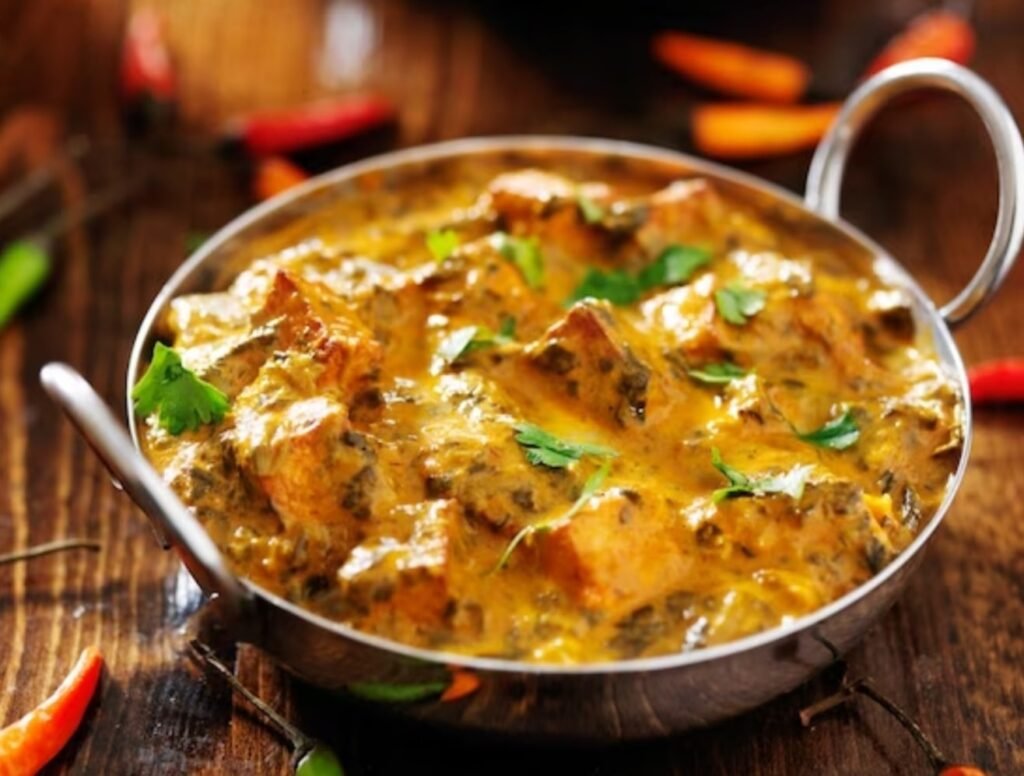
Fern curry, or Ningro Curry, reflects the bounty of Sikkim’s lush landscapes. Seasoned with local spices, this dish offers a unique culinary experience.
Fusion and Modern Influences
Sikkimese cuisine, while rooted in tradition, has also embraced modern influences. The fusion of traditional flavors with contemporary twists is evident in dishes that cater to evolving tastes without compromising authenticity.
Sikkim's Culinary Festivals
Throughout the year, Sikkim comes alive with culinary festivals celebrating its diverse food culture. These events not only showcase local delicacies but also foster a sense of community, as people come together to share and savor their heritage.
Frequently Asked Questions (FAQs)
1.What is unique about Sikkimese cuisine?
Sikkimese cuisine is unique for its blend of flavors influenced by Tibetan, Nepalese, and Bhutanese culinary traditions. The use of local ingredients like yak cheese, bamboo shoots, and various herbs sets it apart.
2. What are some staple dishes in Sikkim?
Staple dishes in Sikkim include momo (dumplings), thukpa (noodle soup), gundruk (fermented leafy greens), phagshapa (pork with radish), and ningro with chhurpi (fern with yak cheese).
3. How spicy is Sikkimese food?
Sikkimese cuisine tends to be mildly spicy, with the use of local spices like cardamom and Sichuan pepper. However, spice levels can vary, and some dishes may be spicier than others.
4. Is vegetarian food available in Sikkim?
Yes, Sikkim offers a variety of vegetarian dishes. Dishes like gundruk, phagshapa, and vegetarian momos cater to those with vegetarian preferences.
5. Are there any unique beverages in Sikkim?
Sikkim is known for its traditional fermented beverages like tongba, made from millet. Additionally, local teas, especially Temi tea, are popular and offer a unique taste.
6. What is the significance of fermented foods in Sikkimese cuisine?
Fermented foods like gundruk and kinema are significant in Sikkimese cuisine due to their preservation properties and unique flavors. They are also believed to have health benefits.
7. Can I find international cuisines in Sikkim?
While Sikkim predominantly offers local cuisine, some urban areas may have restaurants with a variety of international cuisines to cater to diverse preferences.
8. How important is tea in Sikkimese culture?
Tea plays a crucial role in Sikkimese culture. The state is home to Temi Tea Garden, the only tea estate in Sikkim, producing high-quality tea leaves.
9. Are there food festivals in Sikkim?
Yes, Sikkim hosts various food festivals, celebrating its diverse culinary heritage. The Sikkim Food Carnival is a notable event where local and international cuisines are showcased.
10. Can I buy local food products as souvenirs?
Absolutely! Sikkim offers a range of local food products like cardamom, honey, and traditional snacks that make for excellent souvenirs. Look for them in local markets and specialty stores.
Conclusion
In conclusion, Sikkim’s food is a celebration of diversity, tradition, and innovation. From the soul-warming Thukpa to the crispy delight of Sha Phaley, each dish tells a story of Sikkim’s cultural heritage. As we explore the culinary treasures of this Himalayan jewel, we not only fill our stomachs but also nourish our appreciation for the rich tapestry of flavors that define Sikkimese cuisine.

